The traditional Scuba class starts out on their knees and they learn all of the "skills", one by one. Neutral buoyancy is introduced way late, and normally the student is not required to redo the skills introduced prior to this while neutrally buoyant. Once out in open water, the traditional class drops to it's knees to demonstrate these skills in a serial manner. After each dive's skills are done, the students then get neutral and they have a quick tour of the area. This has been the status quo for scuba instruction for at least twenty years.
The NASEified Scuba class puts a premium on getting neutral. While the timing of the introduction of being neutral is left up to the instructor (as it should be), all the skills have to be demonstrated mid water. In addition, rather than requiring a one or two minute hover, NASE requires it's divers to be neutral throughout their entire dive for every dive. There is no need to kneel before agency or instructor here!

Personally, after a brief stint in the baby pool playing with mask clearing, I introduce neutral buoyancy as the first skill when on Scuba. We'll spend an hour, two or even three getting everyone just right in terms of trim and buoyancy. Yes, the frog kick is also introduced here and students are encouraged to mimic their instructor. After and only after everyone is able to cruise up and down the swim lane comfortably (seven foot deep) and without flailing do we get started on the rest of the skills. Each skill is then introduced, practiced and mastered until it can be done comfortably without losing trim or neutral buoyancy. By the time my students finish learning their skills, they dive like veterans. We are usually done in two 4 hour pool sessions and I hold my class max to 4 unless it's a family event. No, my students don't get to play in the OW environment until both they and I think they are ready. My last class had four session because one of the students felt a bit timid. That's OK. In fact, that's way OK. By the time we get to OW, they are merely showing off what they know. To that end, I rarely ask them to do a skill in isolation. Rather, I watch them do their skills in situ and as needed. In other words, the entire class is spent exploring the reefs and looking at critters. Diving has become somewhat second nature and almost automatic at this point. You'll be calculating your SAC and seeing just how fast you're using your gas.
My remedial class is very close to my OW class. It's usually smaller (one or two), less formal and I focus on remediating your fears and past failures. You can be sure that a lot of the OW skills will be done over. This is done to evaluate as well as to confirm your ability to maintain your depth. I don't see myself as any kind of "super instructor". Rather, I just care about my students and them having the most fun while diving. Will you be perfect after the class? Nope. My goal is to give you the tools and insight needed to get as close to perfection as you want to go. After all, your diving is up to you and there are no Scuba Police out there grading you on how well you are doing.
As for a workshop, bring it on down here to the Keys. I would love to show fellow instructors how simple and easy this method really is. I can even accommodate a cross over or not as you see fit. I really don't care what agency you teach for. Like my diving, I'm pretty neutral about that too!






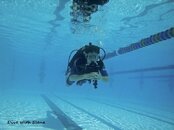
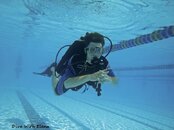
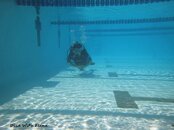
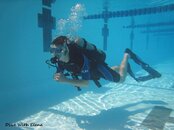
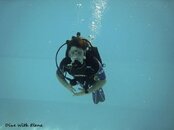
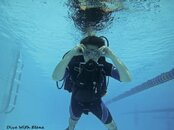
 ) critique my diving skills would be beneficial....then I wouldn't make an a$$ of myself on the videos any longer! Well, maybe not
) critique my diving skills would be beneficial....then I wouldn't make an a$$ of myself on the videos any longer! Well, maybe not  .
.